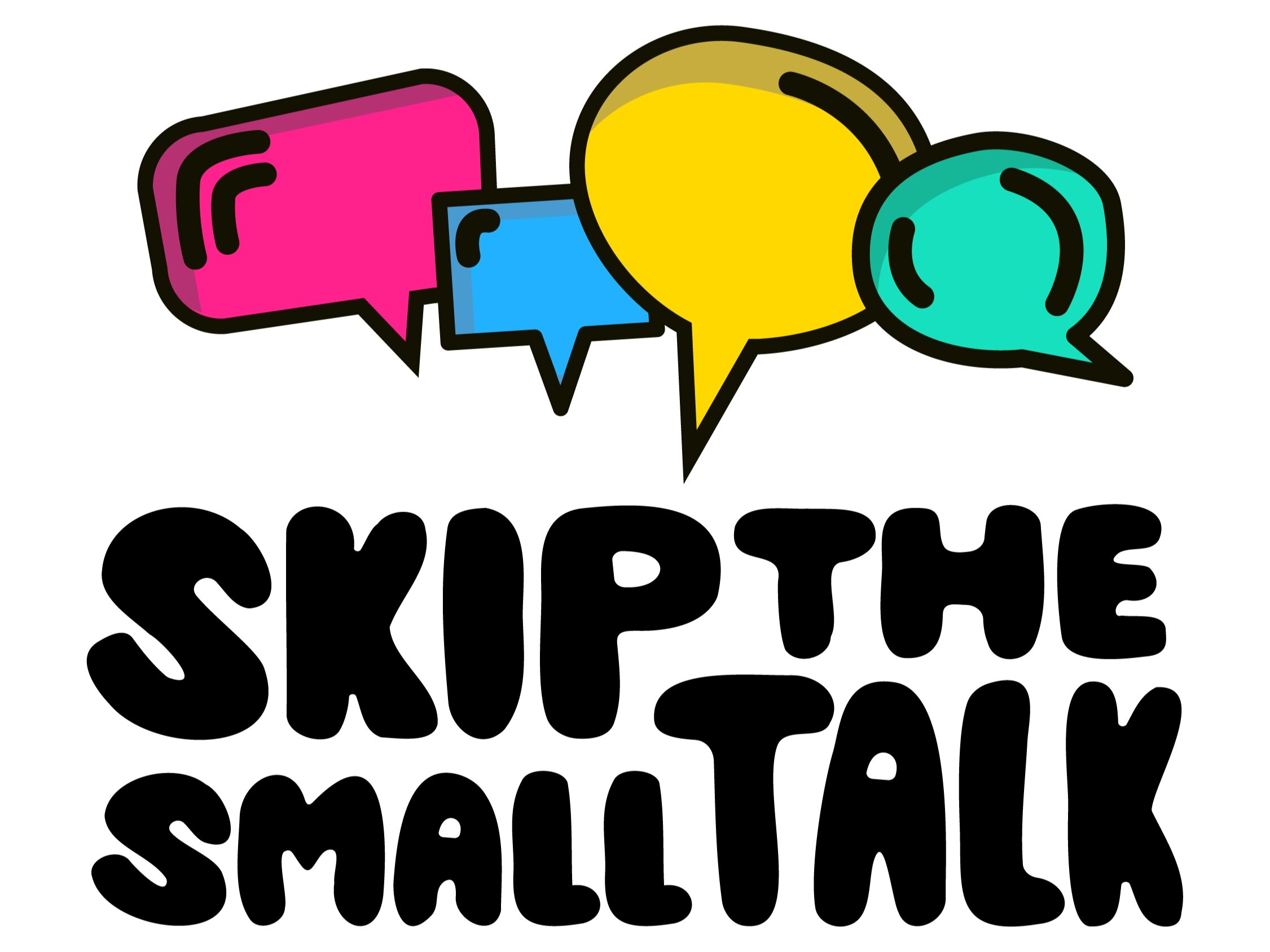How to Make Conversation Like a Pro
Is conversing causing you stress? You are far from the only one. Gen Z and Millenials, per a plethora of polls and research studies, are distinctly averse to face-to-face communication, and years of quarantining, remote work, and the rise of social media aren’t doing us any favors. We may encourage you to skip the small talk, but that doesn’t mean we want you to sweat it! Read on for tips to help you chit-chat like a pro.
Say hello.
Don’t be afraid to be the first to say hello! If you’re going to work (in-person or online), to a business or restaurant you frequent, or passing a neighbor on the sidewalk, try getting in the habit of greeting the people you see often in your day-to-day life. A simple “hello” or “how are you?” can go a long way.
Show that you’re listening.
So you’ve moved past the greeting to a spirited exchange of ideas! Read: A chill conversation. When you’re talking to someone, it’s good practice to communicate active listening. You can do this with verbal affirmations: “Uh-huh.” “Gotchya.” “No way!” “I hear ya.” You can also do this with cues like eye-contact, nodding, hand gestures, or other nonverbal means of acknowledgement.
Wait your turn.
Even the most confident conversationalists struggle with this one. Obviously it’s normal (and for many people, unavoidable) to interrupt one another. But if you can, wait until your conversation partner is finished with their thought before you jump in with yours. This is another component of active listening. You want the person you’re talking to to know that you care about what they’re saying, and vice versa.
Ask follow-up questions.
Want to keep the conversation alive? Ask questions! It’s a core philosophy of Skip the Small Talk. Asking questions is one of the fastest ways to get to know people better and to sustain meaningful and comfortable conversations. It shows you’re listening and that you’re interested and invested in the conversation. It’ll also help you learn more about the person you’re talking to.
Think before you speak.
It’s okay to take a breather. You don’t have to answer every question or come up with something to say in 0.00001 milliseconds. You can take a second to think before you respond. If you’re really blanking, you can also say, “gimme a sec” or “I lost my train of thought, can you repeat that?” or any other line you can think of to help you pause and reorient yourself to the conversation at hand.
Remember details.
If you’re talking to a coworker, a neighbor, or anyone else you see pretty often, remembering the the things they tell you will make it easier to sustain conversation when you (inevitably) see them again. It’s okay to just stay on nodding terms, but if you’re looking to connect or just finding yourself in situations where you talk for more than a second, remembering details about their life will help you navigate future conversations with ease.
Know your “audience.”
As with most things in life, context is key. A story you tell your best friend might not be a story you tell someone you barely know. A joke that lands with your sibling might not land with the barista who makes your coffee every morning. Be aware the relationship you have to the person you’re talking to and adjust your conversational approach accordingly.

